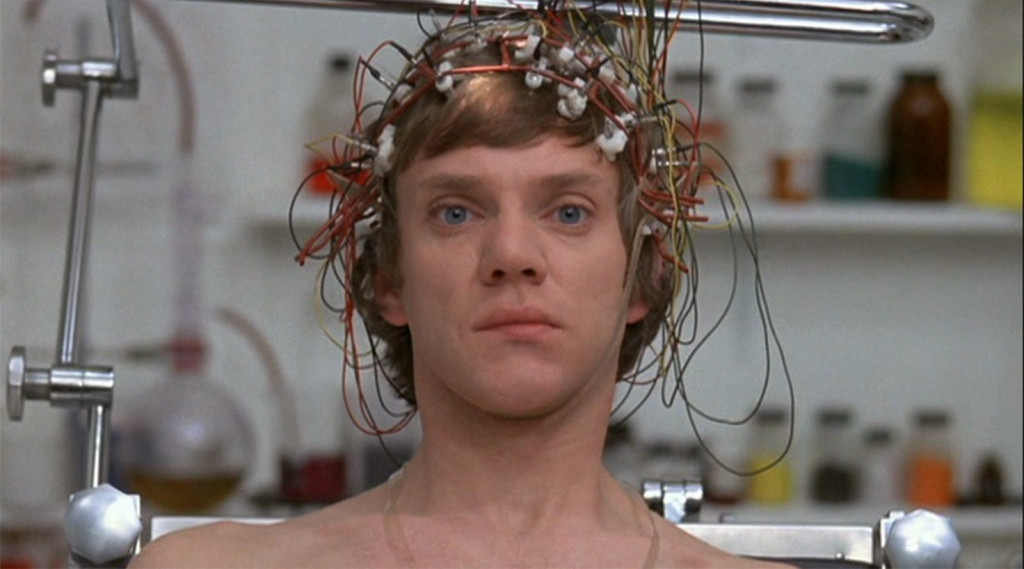
Weird, bizarre, or just plain odd: many films have been made in film history that push the boundaries of normalcy and present an utterly unique vision to audiences seeking outre cinema. But for every acclaimed Eraserhead or El Topo, there are dozens of films that slip through the cracks and fall into the often difficult-to-find realm of “cult.”
These are films that, for one reason or another–be it limited release, dodgy distribution, or disinterest in the film market at the time of their release–never quite gained the acclaim that some of the stranger fiction in the cinema landscape has garnered. They are certainly worth a watch for cinephiles and art lovers alike–if you can track down a copy or buy into the premise.
1. Liquid Sky

Alien visitors to Earth are one of the most common tropes in sci-fi, but none of these are set in the funky downtown New York City club scene of 1982 except for Liquid Sky.
Among the dark misadventures of drug-addicted artists as they seek their next high (the eponymous “liquid sky” was a code name for heroin in NYC at the time), an alien lands on the rooftop of our heroine Margaret (played by Anne Carslile, who also plays the male antagonist Jimmy in the film) while a foreign man observes said alien from an apartment across the street while avoiding the advances of his lascivious border.
Fashion photo shoots and performance art pieces populate the plot as the obtuse alien presence preys upon men that engage in sex (much of it disturbingly forced) in Margaret’s apartment below, feeding upon these lecherous creeps at their point of orgasm.
With its transgressive feminist protagonist, avant garde performances, elliptical storyline, and authentic look at a highly influential subculture in early 80’s NYC, Liquid Sky is a one-of-a-kind film that could only be made independently and on the fringe.
It’s also notoriously difficult to find a copy of said film: with only a small release on VHS in the 1980’s, it quickly became a cult classic…when it could be found. Besides a handful of DVD releases in the mid-2000s that immediately doubled in value soon after their release, this strange, underseen sci-fi flick is still stuck in obscurity.
2. Xtro
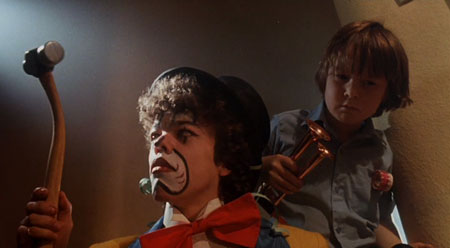
Like many films in this list, Xtro benefitted from a reappraisal of its merits long after its original release. When it first hit theaters in 1982, this science-fiction film garnered mostly negative reviews, with Roger Ebert going as far to suggest that the filmmakers were incompetent and that “it’s movies like this that give movies a bad name.” However, this film found an audience in the video market, earning a solid cult status since.
An alien abduction movie by way of Freud, the movie centers around a broken home of a family of three. The father is abducted in the opening scene and reappears three years later by being birthed–fully-formed–from a woman impregnated by the same strange force that had abducted him.
Meanwhile, his son has a nightmare and wakes up covered in blood that’s not his. After finding his way home, the father ingratiates himself back into his family’s lives (against the mother’s new boyfriend’s wishes), and he bites and drinks his son’s blood. The son soon finds that he has strange powers and can bring his toys to life.
What follows is a hallucinatory sequence of events where little boy sends his toys out to kill people who have wronged him and impregnating his babysitter with alien eggs. The movie continues towards a dark end, but also a strange sort of reunion between father and son.
Xtro is an odd, dark sci-fi film, which accounts for its initial negative reception; considering that one of the main characters is a child who is turned into an evil vessel for alien forces, and that it has a rather bleak ending, audiences in 1982 did not respond positively to this sci-fi flick.
However, this didn’t stop the director from making two sequels (which are unrelated to the original other than in title). While it slowly built a cult audience in the intervening years, its availability has prohibited a wider appreciation: although the 2000s saw several DVD releases of this sci-fi film, it has since gone out of print, with copies starting at $50.
3. Schizopolis
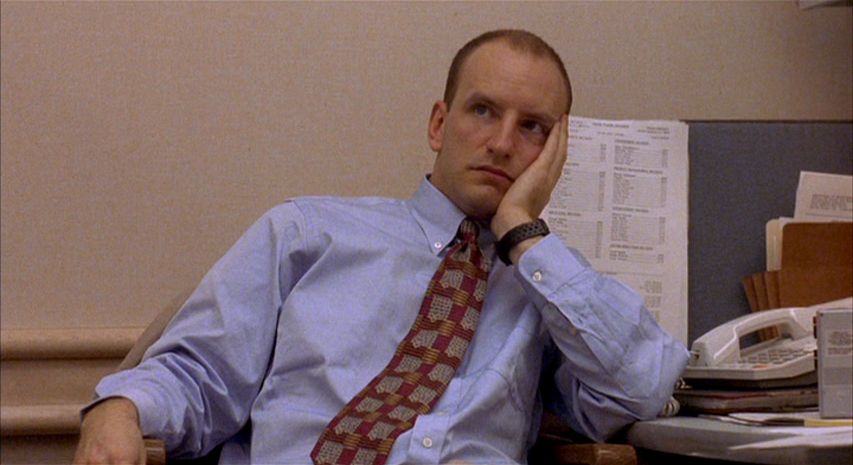
When you see the name Steven Soderbergh, you probably associate it with the director of such popular and acclaimed films like Out of Sight, Erin Brockovich, and the Oceans Eleven series. But before he became widely considered both a mainstream and independent film mainstay, Soderbergh made an odd film that could only be described as a look into a man’s mental breakdown, appropriately titled Schizopolis.
More of an audio-visual experience than a proper movie, the movie (somewhat) follows the lives of Fletcher Munson (played by Soderbergh), an employee of a Scientology-like stand-in organization known as Eventualism, and Dr, Jeffrey Korchek, a dentist, who are doppelgangers; Fletcher’s wife (only known as Mrs. Munson) is having an affair with Dr. Korchek, and eventually Fletcher falls in love with a woman only known as Attractive Woman #2, who is played by the same actress as Mrs. Munson’s character–who was also Soderbergh’s real-life wife at the time.
This sort of meta layer only hints at the internal, self-referential hall of mirrors that Schizopolis inhabits as the film unfolds as a rabbit hole inside of Soderbergh’s mind. Characters speak to each other in generic descriptive terms in place of actual conversation (sample dialogue: “Generic greeting.” “Generic greeting returned.” “Imminent sustenance.” “Overly dramatic statement regarding upcoming meal.”) or else through nonsense dialogue that relays its intent through delivery.
The plot is like a puzzle-box, jumping back and forth between time and perspective, and it remains unclear by the film’s conclusion what any of it actually meant. Soderbergh wrote the film as he shot it over a nine-month period, and it tends to unfold like a disjointed collection of thoughts instead of a straightforward narrative.
It’s a challenging film to watch, like you’re viewing somebody’s migraine headache being projected onto a screen, but it’s also a singular film with ambitious–if not fully realized–ideas.
While Soderbergh was a well-regarded independent filmmaker at the time of its production in the mid-90’s, Schizopolis was poorly received upon its release in 1996, and although it eventually garnered a Criterion release, it’s often regarded as too strange a film for most filmgoers to bear.
Soderbergh returned to more traditional filmmaking soon after this film’s release, going on to make some of the most popular commercial films of the late 1990’s and 2000’s. However, if one is in the mood for an ironic, meta, and mostly forgotten film from one of America’s most well-regarded directors, Schizopolis can be found on some streaming platforms for those whose interest is piqued by this oddity.
4. Society
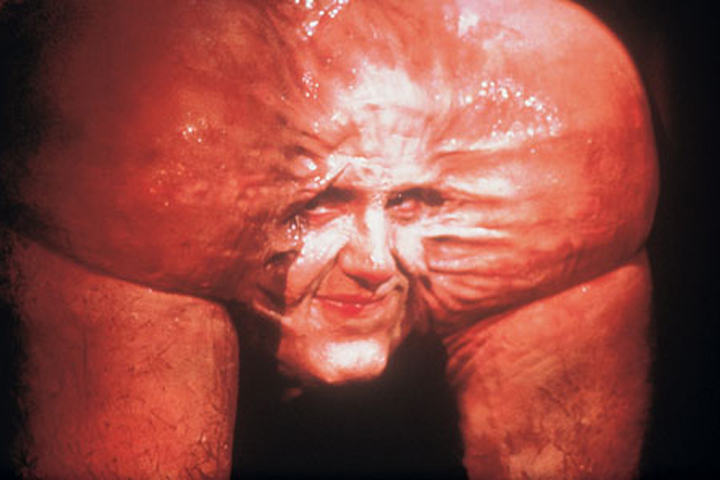
There are horror films, and then there are films that are horrifying. Society is the latter: while a satire on the mores of high society and the cabals that ostensibly run the country clubs and esoteric white collar professions of the world, this 1989 film makes this concept explicit by positing that the group that holds these rarified positions are a race of eldritch abominations that collude (and physically collide) with each other to maintain their dominant position in human society.
The plot unfolds as we follow our protagonist Bill, the son of a couple of high society members, who explains to his psychiatrist that he feels like there is something hidden and not quite right with the members of his family.
Upon accidentally walking in on his sister in the shower, he sees that the top half of her body is on backwards. This fuels his suspicions, and he later receives a recorded conversation that includes his sister talking to their parents about looking forward to having sex with both her mother and father, along with everybody else in their society. Disgusted, Bill tries to figure out what secret is being kept from him.
At the end of his investigation into this disturbing concept of “society,” he walks in on a literal flesh-fused orgy in his parents’ house, which features some of the more horrifying and effective practical effects work ever created in cinema.
To summarize any further would spoil both the visceral shocks and sharp commentary on high society this film provides–although Rules of the Game this isn’t. Suffice to say, any horror fan should seek out this film, which is not common on DVD (it is available, but the price for a copy starts at $30 and goes up from there).
As previously mentioned, the practical effects in this film are both impressive and deeply disturbing, and–as far as horror B-movies go–this alone makes it worth seeking out.
5. Eating Raoul
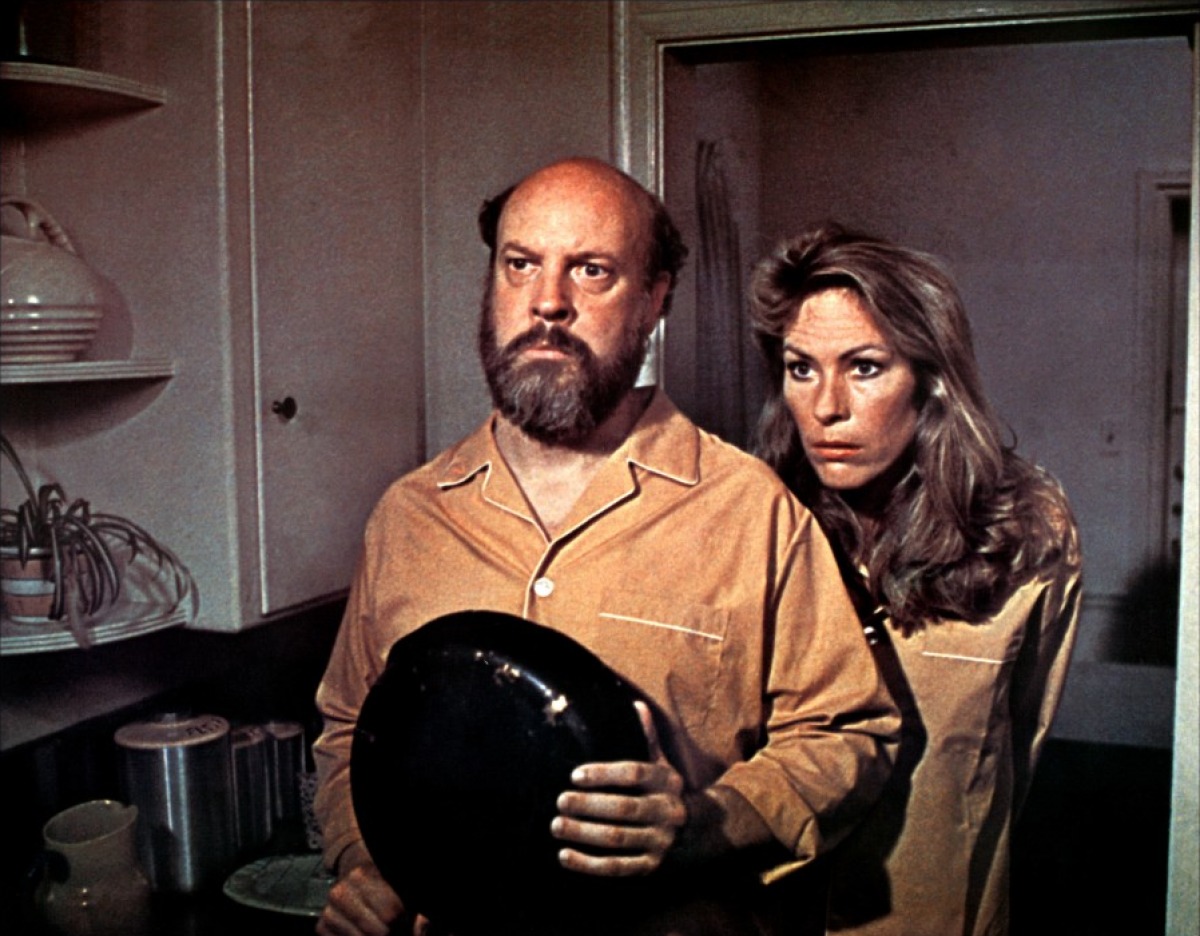
As a writer, director, and actor, Paul Bartel would appear in over 90 films and TV programs over his career and directed such cult classics as Death Race 2000 (1975) and Scenes from the Class Struggle in Beverly Hills (1989). While his body of work was marked by his ironic performance style and satirical edge, he was never considered a mainstream actor or filmmaker. Often paired with former Andy Warhol model Mary Woronov, Bartel usually played obtuse authority figures and dad characters.
Released in 1982, his black comedy Eating Raoul follows the ambitions of Paul and Mary Bland (Bartel and Woronov), a prudish and poor married couple who dream of opening their own restaurant. Disapproving on the swingers that live in their building and the overly sexual society at large they live in, the Blands come up with a scheme to improve their lot in life: Mary poses as a swinger to seduce men into the apartment, where Paul kills and robs them.
Complications arise when a burglar (the titular Raoul) comes across their latest victim in the apartment but strikes a deal with them wherein he disposes of their victims’ bodies by selling them to a dog food company. Raoul and Mary begin an affair and he plots to kill Paul; but the movie’s called Eating Raoul for a reason, after all.
A satire that mixes underground film edginess with mainstream comedic sensibilities, Eating Raoul is a weird, funny film with great performances that inhabits a gray area of morality. Exceedingly difficult to find for over 20 years after its release, it garnered a Criterion edition in 2012 but remains an obscure comedy due to its outre nature (and, of course, that its protagonists are unaffected murderers).